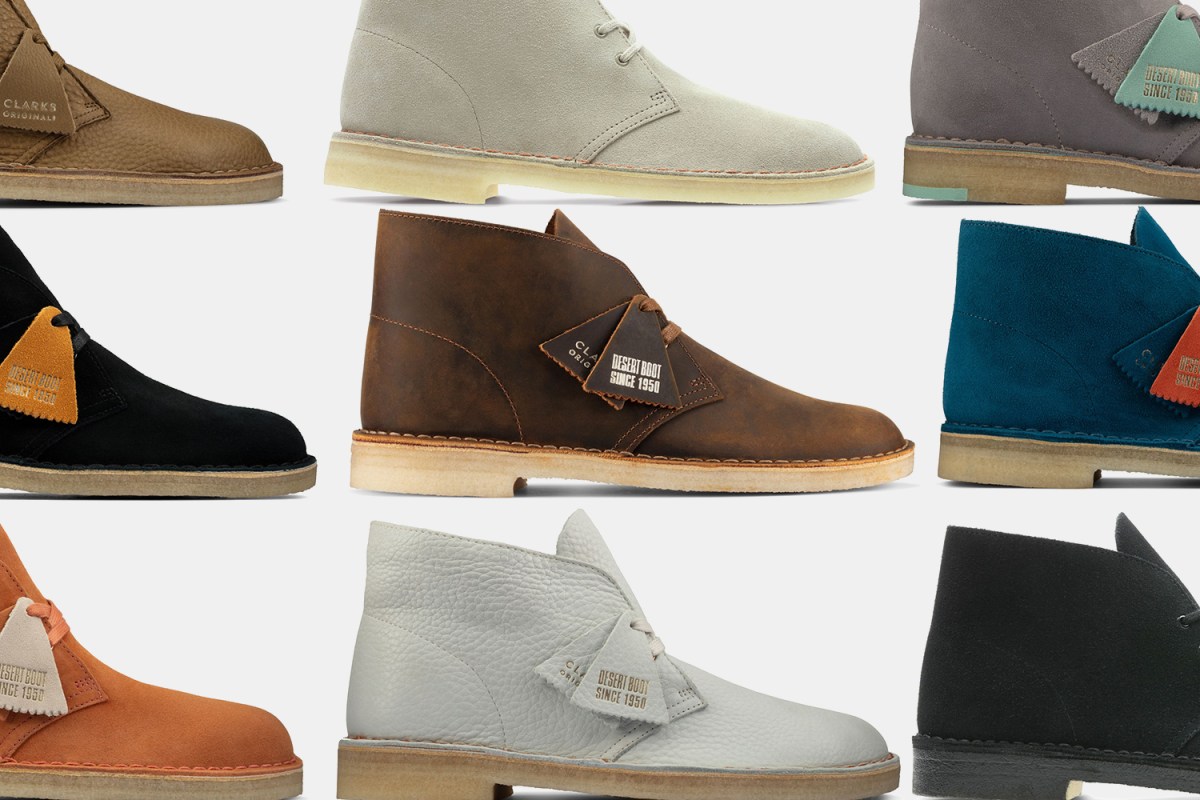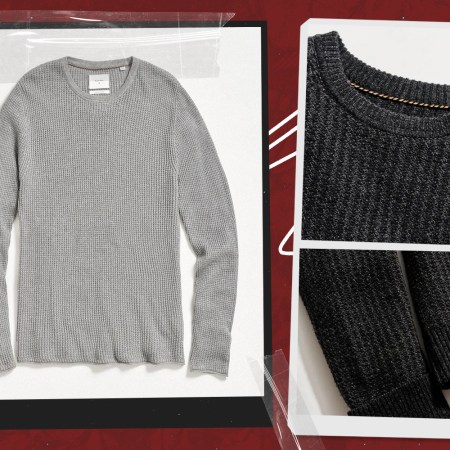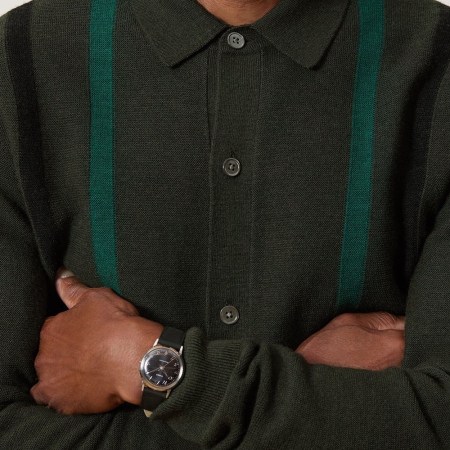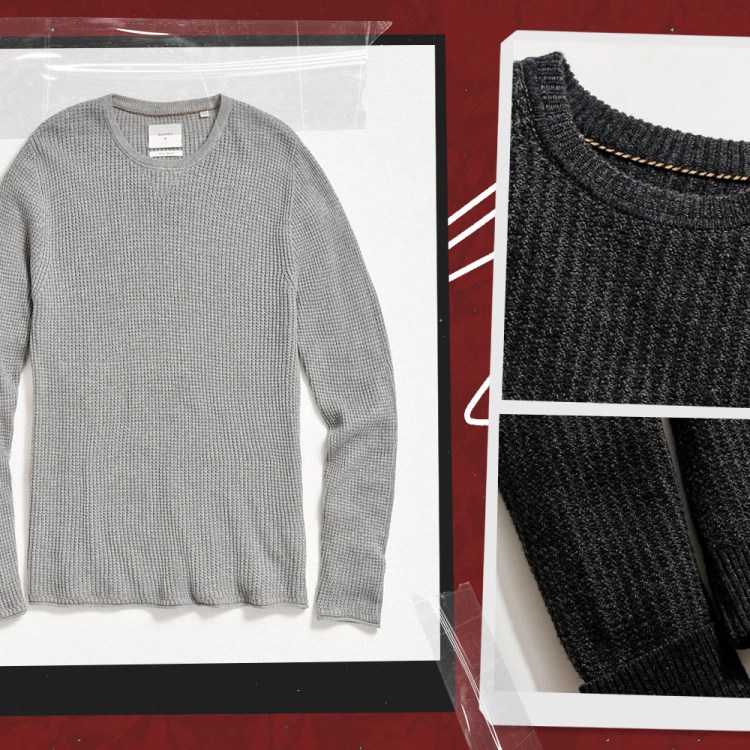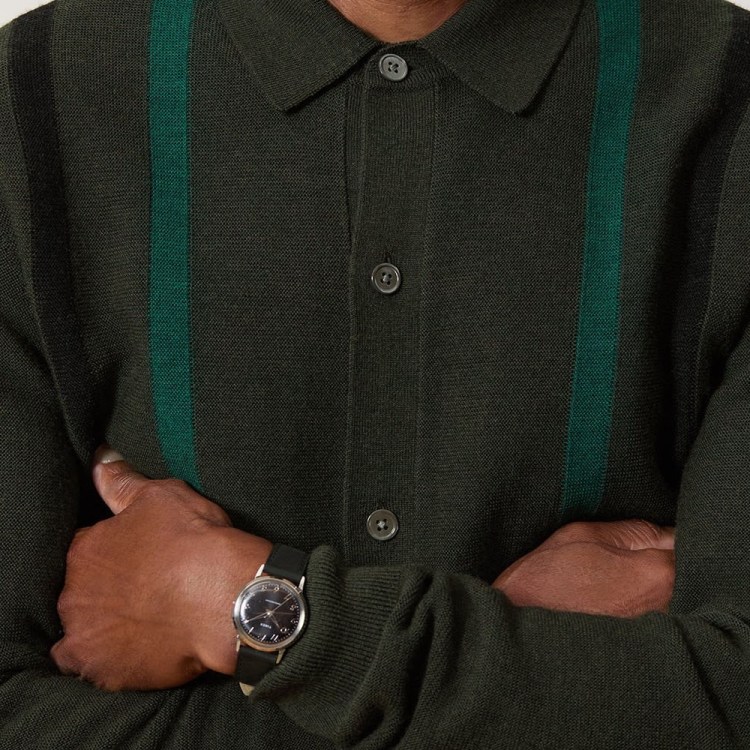Nota bene: All products in this article are independently selected and vetted by InsideHook editors. If you buy something, we may earn an affiliate commission.
There’s a handful of iconic boots out there but few as universally beloved and flattering as the desert boot. While a style like the Chelsea boot can feel intimidating, the desert boot is easily worn by pretty much anyone, whether you’re a member of The Who or a dad from the midwest. The shoe’s history is lengthy and covers a vast expanse of the world, from India to South African Deserts and Chicago in the 1950s.
In order to know the history of the desert boot, one must first learn that of the chukka. And no, they are not the same. Typically a chukka is defined as a heavier shoe, one with a sturdier sole likely made from rubber rather than crepe. The chukka is a descendent of the desert boot, first hitting the scene roughly 20 years later.
The origins of the chukka boot remains unclear to this day, but it is generally believed that polo plays a part, with “chukka” being a derivation of “chukker,” a seven-and-a-half-minute period within a match. While some believe the boots were worn by polo players during play, there’s little evidence to support this theory, but it is likely that Indian polo players would slip into the shoes post-game, for their comfort and ease. Like the game of polo itself, the boots were brought over to England, most famously worn by the Duke of Windsor (alongside a smart double-breasted suit) sometime in the 1920s, lending them their first taste of popularity.
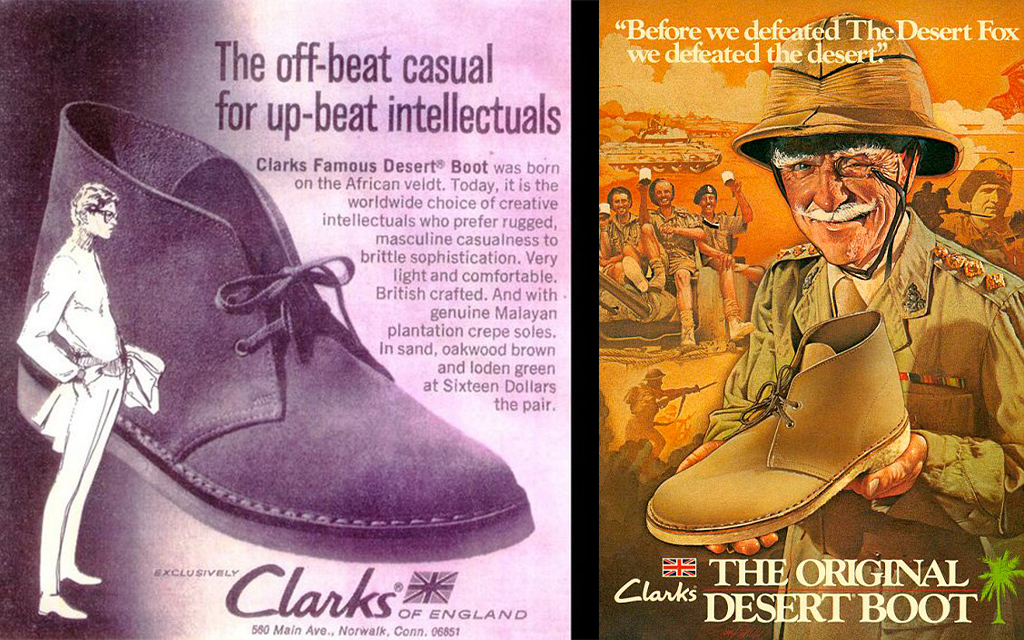
Fast forward twenty years or so to the Western Desert Campaign of World War II, which saw British soldiers traipsing through the deserts of Egypt and Libya. Needing a shoe that was equipped to handle miles of sandy terrain but without the bulk of standard military boots, officers stationed in the Sahara in South Africa began sporting a chukka lookalikes by the name of veldskoen (translating to “field shoe”), an ankle-high boot made of reversed leather (offering a suede-like finish) with two or three eyelets. Veldskoen or “vellies” were South African walking shoes favored by farmers and safari guides and often worn without socks, a testament to just how comfortable they were.
Then, in 1941, along came Nathan Clark, who was not only serving his country as part of the West African Brigade in Burma and India but was tasked with reporting back any potential shoe designs to his family business C&J Clark, otherwise known as Clarks. It didn’t take long for Clark to notice the crepe-soled, slipper-like suede boots his fellow soldiers wore, made-to-order at the bazaar in Cairo. Clark was quick to send sketches of the boot to his brother Bancroft, chairman of the company, but the first sample wouldn’t be made until 1946, and to a lukewarm response at that — the Stock Committee didn’t believe they would sell and Bancroft thought they were too low-class for the company.
Undeterred, in 1948 Clark established Clarks Australia, where he began peddling the shoes, which would find their way to the West Indies and Jamaica (where they found surprising popularity among the rudeboys of Kingston). Soon post-war America began to call to Clark, particularly the Chicago Shoe Fair, where the Desert Boots made their stateside debut. Between the boots innate Britishness and their casual but still stylish manner (something that had yet to be seen in a shoe before), Americans were instantly smitten. Unable to ignore their popularity any longer, the company at last began to mass produce the shoes.
The shoe’s success has obviously continued to endure, evident in their ubiquitousness across a range of aesthetics, from mods and beatniks in the 1960s to those with a more preppy predilection, and their wearability throughout the seasons. Naturally, the Clarks Original has spawned plenty of imitators, from J.Crew’s MacAlister Boots to a pair by Astorflex to higher-end versions like these from Bruno Cucinelli. Even Clarks has deigned to take creative license with the original design, more recently lending it a thicker sole and collaborating on a woven leather pair exclusive to Bergdorf Goodman. But if what you’re after is the real deal, you know where to find them.
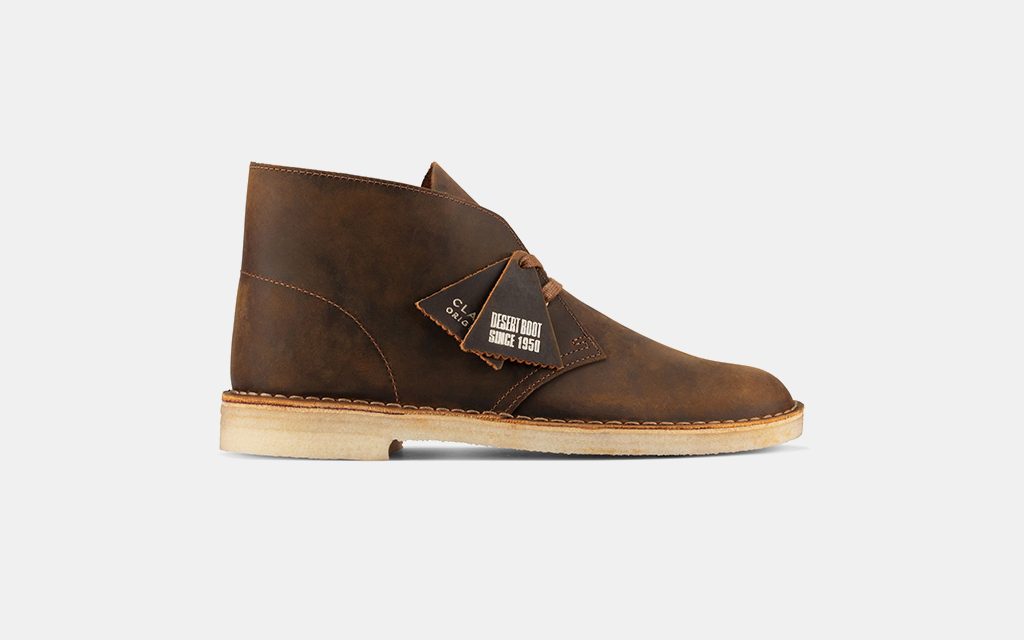
Clarks Desert Boot Beeswax
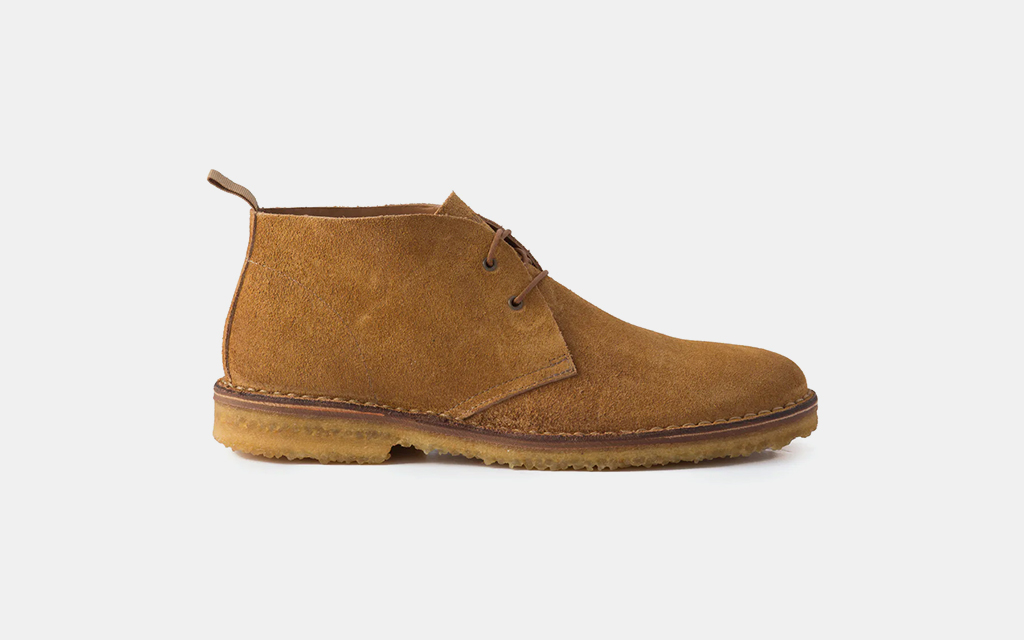
Astorflex Greenflex Rough
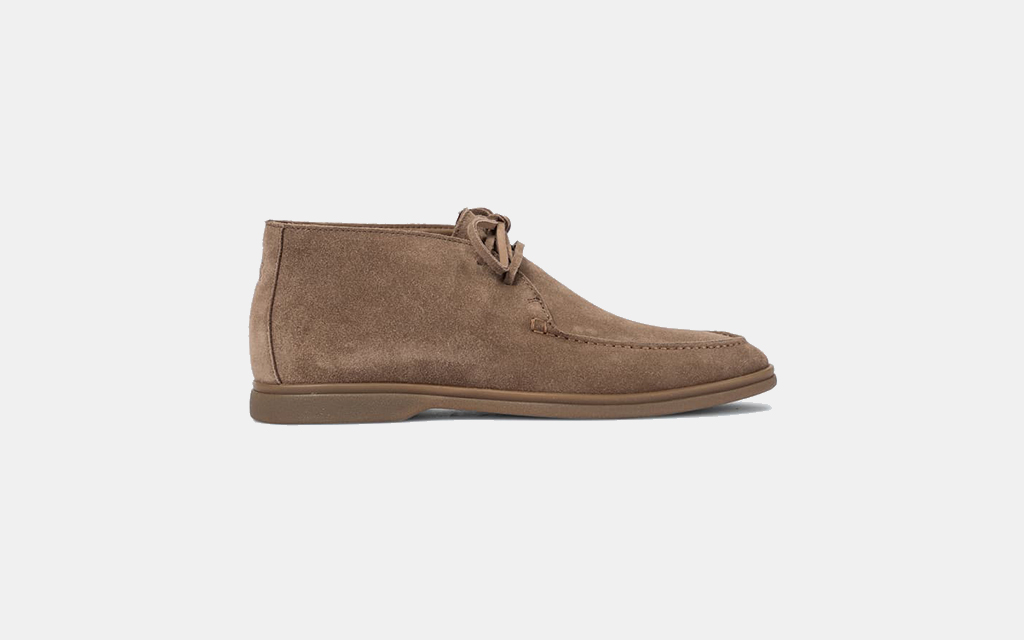
Brunello Cucinelli Suede Desert Boots
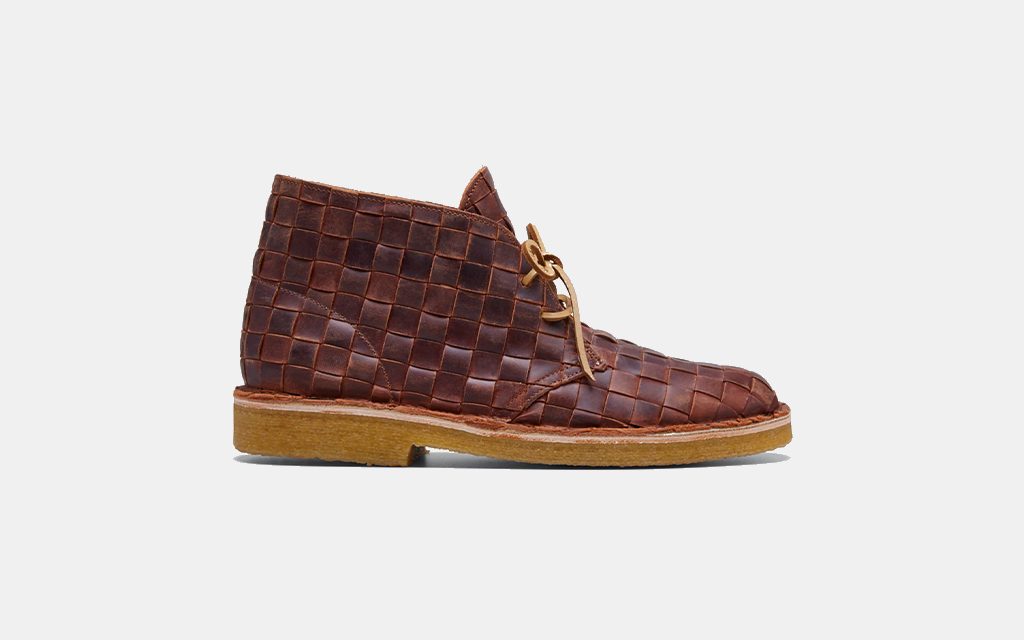
B x Clarks Originals Desert Beewax Woven Chukka Boots
We've put in the work researching, reviewing and rounding up all the shirts, jackets, shoes and accessories you'll need this season, whether it's for yourself or for gifting purposes. Sign up here for weekly style inspo direct to your inbox.
